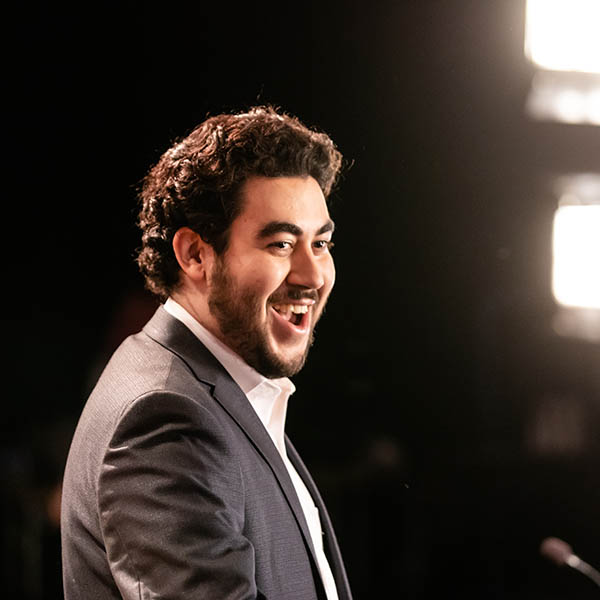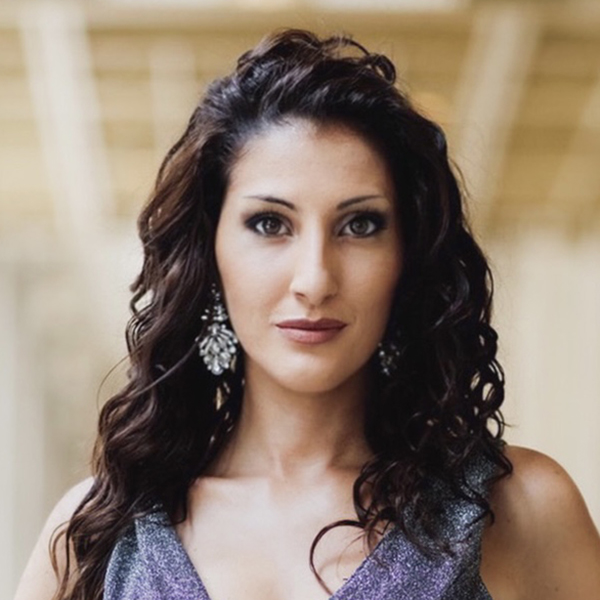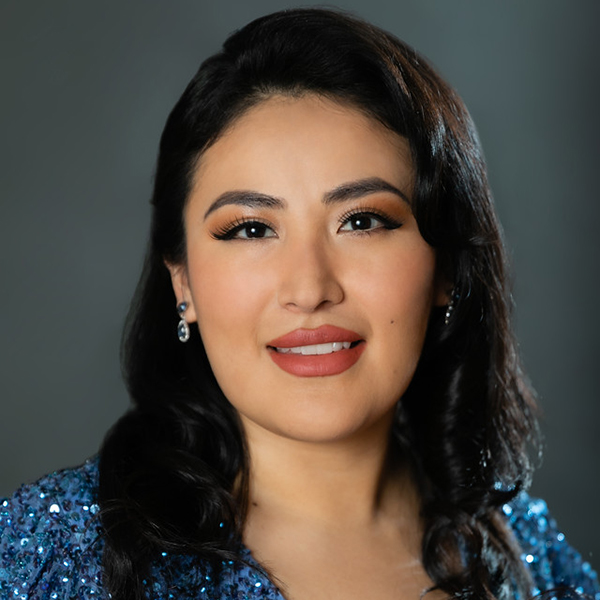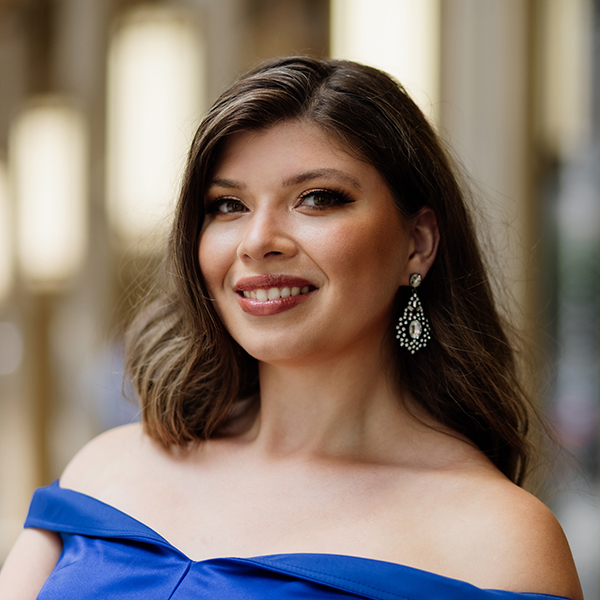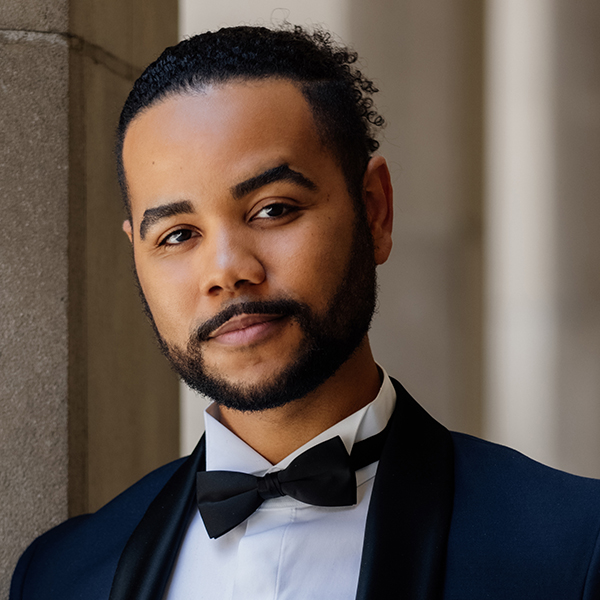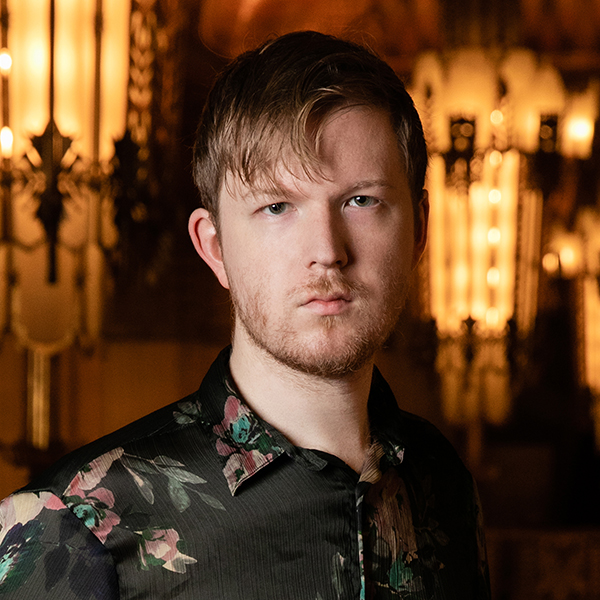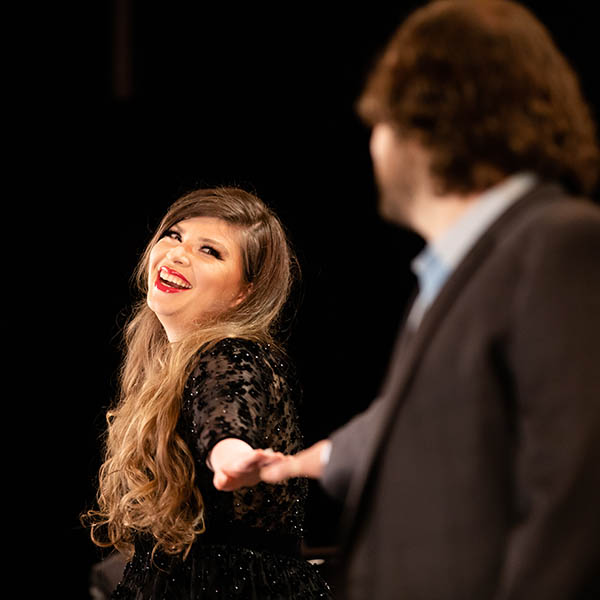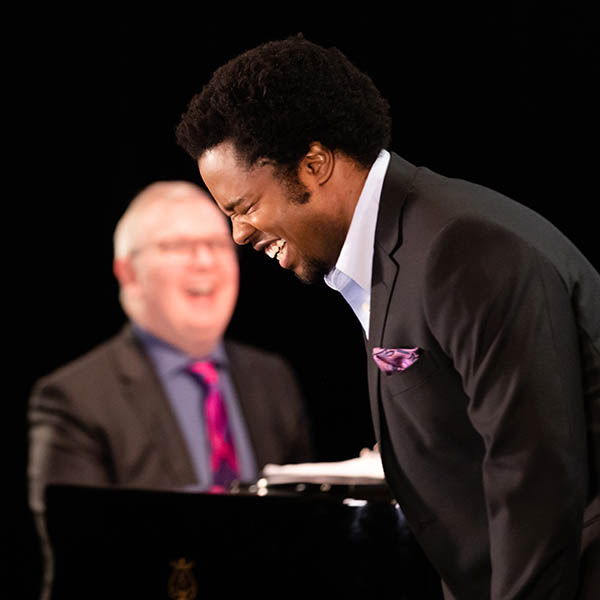Ottorino Respighi, scenes from La bella dormente nel bosco (The Beauty Sleeping in the Forest)
Maria Novella Malfatti, soprano; Denis Vélez, soprano; Katherine DeYoung, mezzo-soprano; Martin Luther Clark, tenor; Chris Reynolds, piano
None of the ten operas of Ottorino Respighi (1879-1936) are frequently heard today. There is, however, an occasional production of La bella dormente del bosco, his second version of Charles Perrault's famous tale of the sleeping princess awakened by a prince's kiss. Respighi's initial musicalization of the story, written as a puppet opera, premiered at Rome's renowned children's theater, the Teatro di Piccoli di Podrecca, in 1922. Twelve years later the composer revised and reorchestrated the work, with the characters played onstage by child mimes while adults sang Respighi's music in the pit (when performed today, adults sing these roles onstage). In 1967 yet another revision was supervised by the composer's widow with additions by the composer Gian Lucca Tocchi, and premiered in Turin.
A romantic and musically sophisticated score, La bella dormente nel bosco is wonderfully varied in style, drawing on the influence of Massenet, Debussy, Puccini, Stravinsky, and especially Wagner. One major innovation is the final scene: the seventeenth-century princess and the court have been sleeping through 300 years. A prince of the 1930s, visiting the area with a group of rich Americans, discovers the vine-covered castle. When he sees the long-sleeping princess and awakens her, the rest of the court awakens as well. The Americans celebrate the couple's nuptials by having the whole court join them in dancing a fox-trot (many longtime Respighi admirers were appalled with the 1967 revision, which had Tocchi change the dance to a twist).
In the opera's opening tableau, the Nightingale (soprano) and Cuckoo (mezzo), in ravishingly ethereal music, set the scene in the forest. Then, shortly thereafter, the fairies (soprano and mezzo) tell the Royal Ambassador that they've received the invitation for the little princess's christening and that they'll be the girl's godmothers. In the final scene of the opera, the prince (tenor) awakens the princess (soprano), and the two sing a rapturous love duet that reaches heights of ecstasy worthy of Puccini's Butterfly and Pinkerton. Their happiness is celebrated by the dazzling reappearance of the Blue Fairy.
